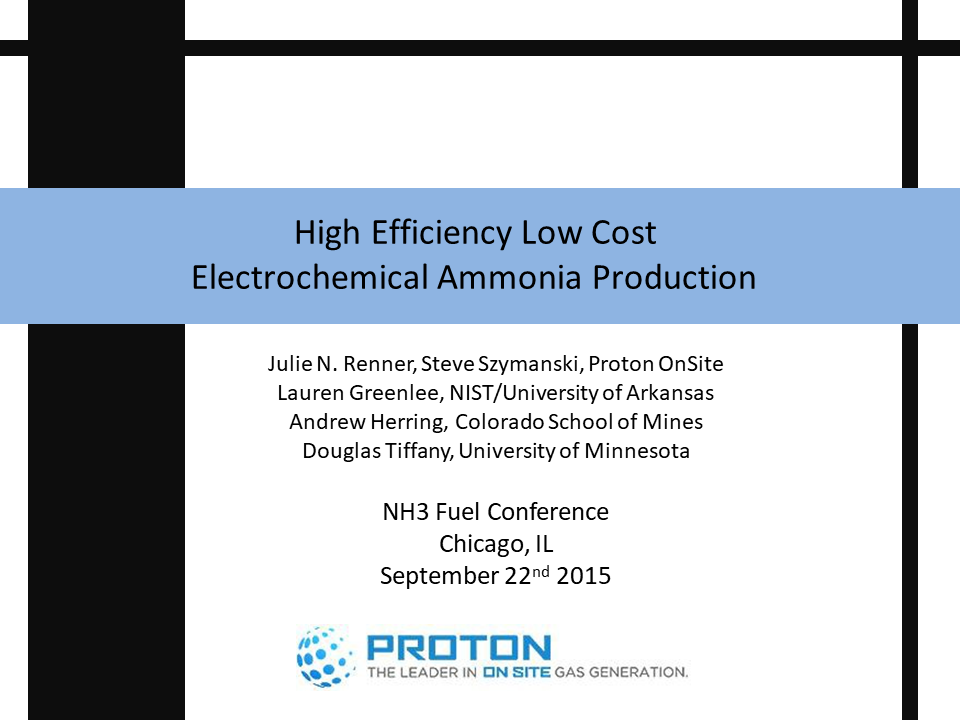Presentation
DFT Analysis of Elementary N2 Electro-Reduction Kinetics on Transition Metal Surfaces
Ammonia is currently produced through the catalytic Haber Bosch process (HB) at temperatures of about 300 to 500 °C and pressure of about 200-300 atm. In a future with plentiful renewable electricity from distributed sources, an electro-chemical system to produce ammonia could efficiently generate ammonia on site and on demand. Possible heterogeneous catalysts for electro-chemical nitrogen reduction are currently marred by the poor rate and selectivity due to difficulty in activating the strong N-N bond and to the competing hydrogen evolution reaction (HER), resulting in infeasible faradaic efficiency. To develop more selective and active catalysts, better understanding of the mechanistic…




